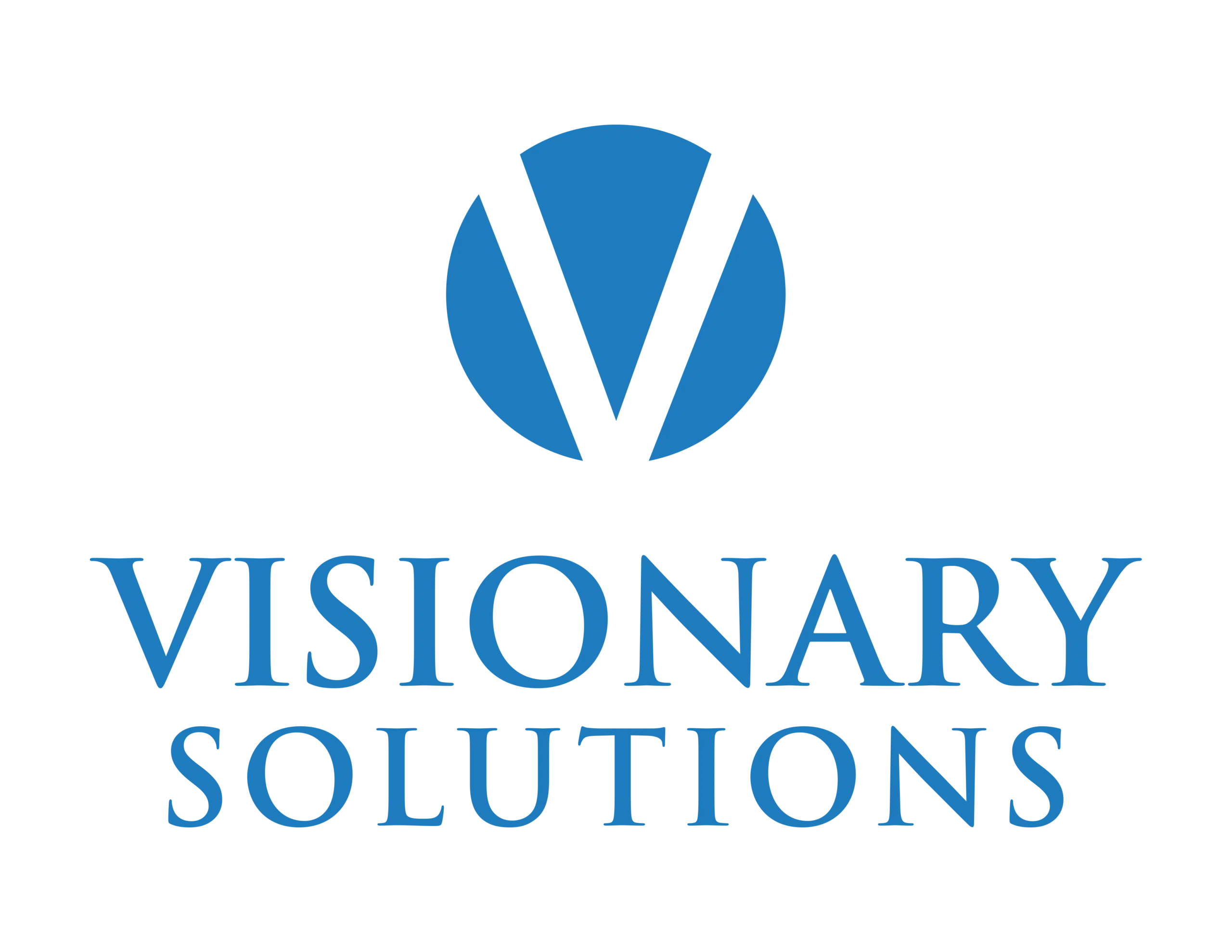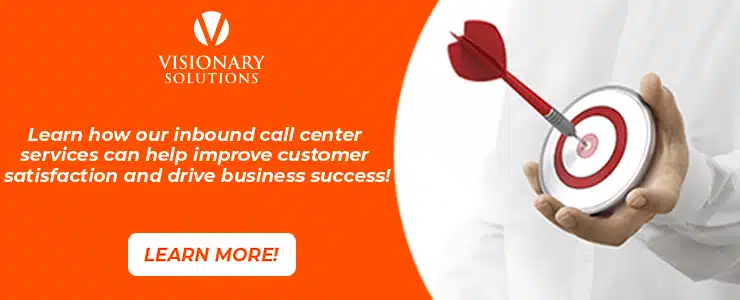Inbound call centers are vital for businesses that want to provide excellent customer service. They can be expensive, though, so it’s important to know how much they cost. In this article, we’ll break down the cost of an inbound call center so you can make an informed decision about whether or not it’s right for your business.
About Inbound Call Centers
Inbound centers are a type of customer service center that handles incoming calls from customers. These calls can be about anything, from questions about a product or service to complaints or suggestions. Often confused with outbound call centers, these are another type of customer service center that makes cold calls to customers that can be about anything, from sales pitches to customer surveys.
Oftentimes, businesses outsource inbound call centers. Mostly to save money on labor costs. Businesses can also hire an inbound call center to improve their customer service or to free up internal resources. And especially to gain access to specialized skills or knowledge that their in-house employees may lack.
The cost of an inbound call center depends on a number of factors, including its size, the customer service quality, the level of automation employed, and the amount of staffing. We will provide more detail in the following paragraphs.
What Determines an Inbound Call Center Prices?
Businesses that offer call center solutions use variable pricing, which enables you to adjust your rates at any time. Pricing will vary according to the type of contract you choose, whether or not you want a non-recurring upfront fee and the industry average hourly rate. Here are some of the factors that come into play:
- The size of the call center
The larger the call center, the more expensive it is to maintain. The cost per employee is also higher for larger inbound call centers because they must pay a higher hourly rate.
- The type of contract you choose
Inbound call center contracts include a number of different plans, each with its own contract term and pricing.
- The services offered
The inbound call center services offered by the company impact their pricing in a number of ways. The company must account for the cost of the equipment and software needed to provide the service, the cost of training its employees to use the equipment and software, and that of marketing the service to potential customers.
- The location of the call center
If the call center is located in a country with a high cost of living, the company will likely have to charge more for its services in order to cover the higher overhead costs. Likewise, if the call center is located in a country with a lower labor cost, the company may be able to offer their services at a lower price point.
- The type of your niche
The type of your niche impacts the inbound call center’s pricing because the call center must be able to support the specific needs of your business. For example, if you have a business that requires after-hours support, the call center will need to staff for those hours and charge a higher rate.
Inbound Call Center Pricing options
Inbound call centers offer different packages and plans for their clients. This may include an hourly rate, a flat rate, or a combination of both. Such options will help you work out your budget and how much you need to spend on such services.
- Hourly Rate
This option allows businesses to budget for their call center services and provides flexibility in terms of the number of hours that can be used each month. With an hourly rate, businesses only pay for the productive time their call center agents are actually on the phone with customers. This makes it a cost-effective option for businesses that do not have a large volume of calls.
- Pay-per-call
This is where the client pays for each call answered by the service provider. There is a wide range of ways to bill this type of service, depending on the call center. Some inbound centers may charge a flat rate for each call, while others may charge a per-minute rate or a combination of both. There are also some call centers that offer a monthly or yearly subscription fee.
- Pay Per Performance
Pay per performance is where the inbound call center is paid based on the results they can achieve. This means that if the outsourced center is able to meet or exceed the key performance indicators set forth by the client, they will receive a bonus. This type of pricing option can be very beneficial for both the center and the client, as it provides an incentive for the call center to perform at a high level and also allows the client to only pay for results.
- Hybrid: Hourly Rate + Pay Per Performance
If you’re looking for the best of both worlds when it comes to pricing options for inbound call centers, consider a hybrid approach that combines hourly rates with pay-per-performance. This way, you can ensure that your call center is always staffed with the right number of agents, while also providing incentives for excellent customer service.
- Monthly Flat Rates
This option provides a set price per month for all of the inbound calls that the call center receives. This flat rate can be based on the number of the center agents, the number of customer calls that the call center receives, or a combination of both. This option is popular because it allows call centers to predict their monthly costs and provides a consistent price for their customers.
Outsourcing Inbound Call Center costs are cheaper than having an in-house call center
Have you ever looked at the cost of an in-house contact center? Between employee benefits, rent, and equipment, these things add up. If you can find a good outsourcing company, you could potentially pay as little as 10% of your revenues to them.
Some of the benefits you will reap out of outsourcing an inbound call center service:
No Infrastructure Or Software Costs
When you outsource, you don’t have to worry about the cost of purchasing and maintaining the necessary equipment and software as the call center will provide these things for you. This can free up your time and resources so that you can focus on other areas of your business.
Only Pay For Productive Time
In other words, you don’t have to worry about paying for downtime or breaks. This can save you a significant amount of money, as well as ensure that your call center is always running at peak efficiency.
Time and Cost Savings on Training
By using an experienced and reliable call center, you can avoid the need to train your own staff. This is because the call center will already have a team of trained professionals who can handle customer calls quickly and efficiently. This can save you both time and money.
Favorable Currency Exchange And Lower Costs Of Living
When your company outsources inbound call center services to another country, you may find that the currency exchange rate is more favorable than it would be if you were doing business in your own country. This can lead to increased profits for your company.
Liability Protection
If your inbound call center service provider is based in another country, your business may be protected from certain types of liability, such as defamation or libel. Additionally, if your inbound call center service provider is located in a different jurisdiction than your business, your business may be protected from certain laws that would otherwise apply.
Reduced Compliance Costs
If your inbound call center service provider is based in a different country, your company may find that it has reduced compliance costs associated with complying with local regulations.
Conclusion
Outsourcing an inbound call center is a profitable long-term investment. Perhaps its most important benefit is that it can provide an excellent customer experience and improve satisfaction levels. There is a wide range of pricing models and packages that you can choose from, depending on your budget and your company’s objectives.




